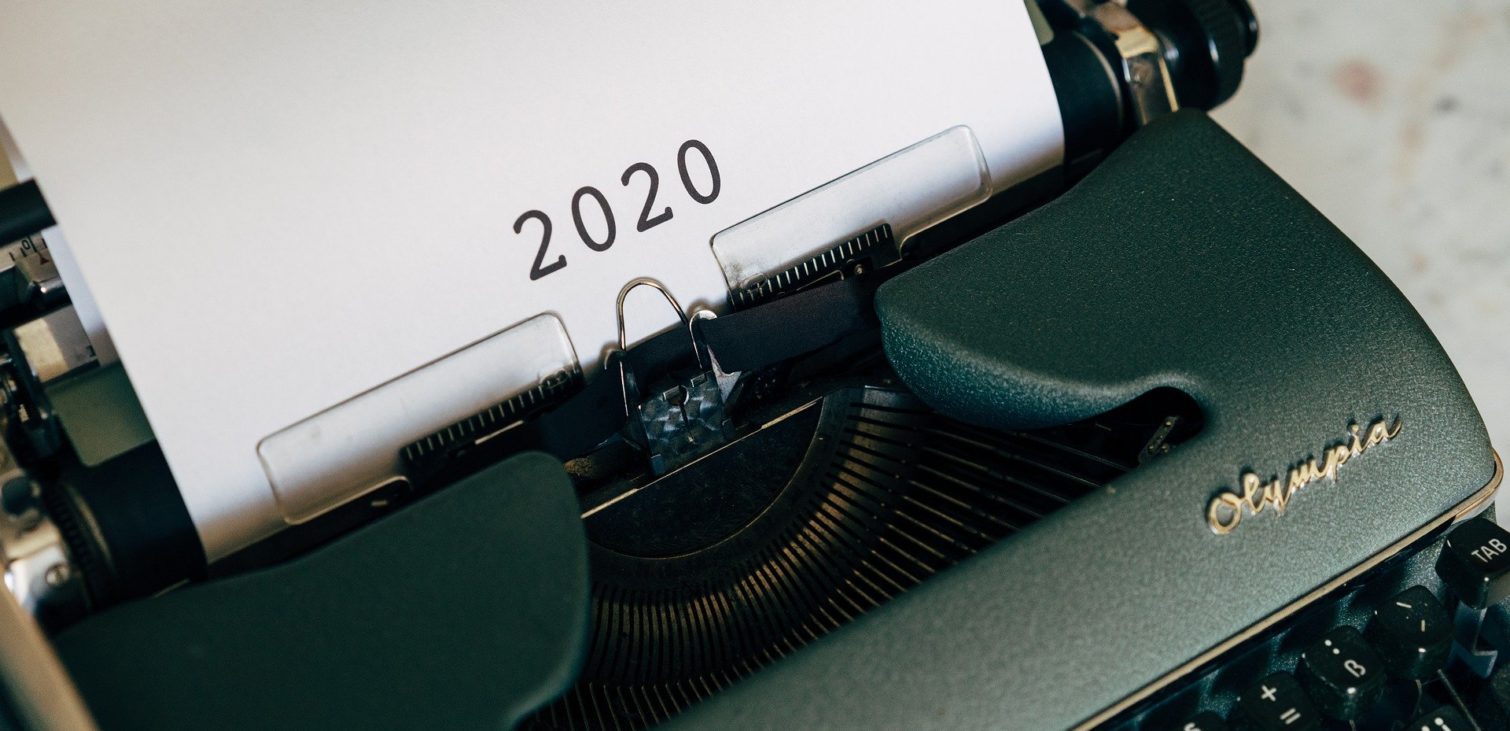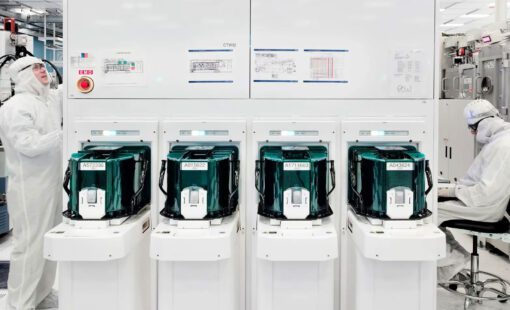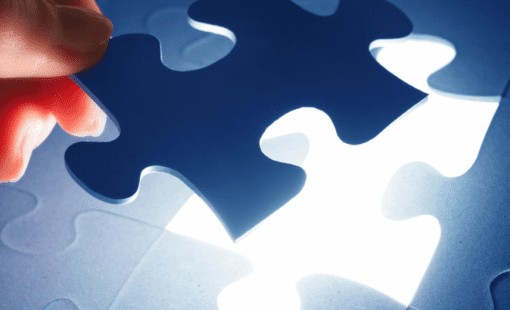2020 was a difficult and challenging year, to say the least. So I have collected some of the highlights from our blog to look back on and spread some positive vibes that we all could use at the moment. As always, we would like to give a big shoutout to all of our contributing writers and of course, you the visitor, who make this blog something we continue to be proud of year after year.
We hope you have a happy and healthy New Year and we look forward to having you back in 2021!
1. Multi-board design for applications with different voltages
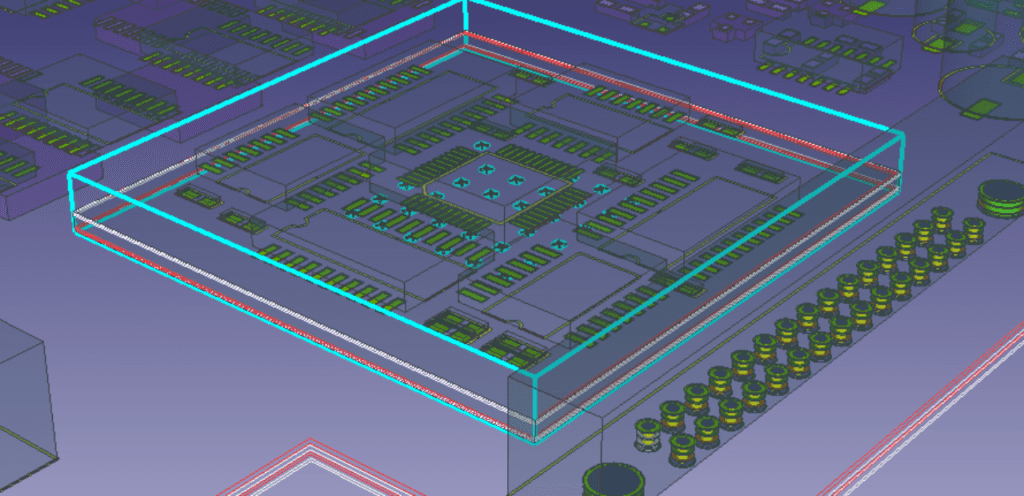
Stacking PCBs, as opposed to connecting with cables, in multi-board design is a current and highly popular trend, as manufacturing costs are reduced and reliability improved. Herbert Ritthaler, Solution Architect Electronic Design, explains the benefits of developing the boards concurrently on a single CAD canvas.
A multi-board system comprises two or more interconnected PCBs in a single enclosure. Typically, the boards will have very different roles. For example, if you consider e-mobility (i.e. the industry trend of switching over to electric drive trains and actuation in the automotive, aerospace, and other transportation sectors), many modules are multi-board systems. One board will be a controller. Another will be for switching in and out potentially high current loads.
2. Walking, running, helping – Zuken’s walk for charity

The Team of Zuken UK was aiming to walk the length of the UK in 7 days. That is 874 miles or 1,850,000 steps! All for a great cause. Simone Bellofatto, Digital Marketing Specialist at Zuken challenged his colleagues to stay active and to raise money to support the NHS during the pandemic.
3. E3.series Tips and Tricks

When we use design tools we look for tool tricks to help us get the job done in less time and with less manual work. Reducing redundancy or removing unnecessary steps in our tasks are excellent ways to achieve that goal. However, when learning how to use a new design tool those useful tricks aren’t always discovered in the learning process. Likewise, we might not always be using the shortest route for a task. Below are some useful E3.series tips and tricks that you might not yet have discovered.
4. Lost in Translation – How MBSE is evolving to address today’s complexity challenges
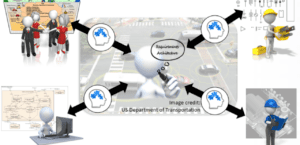
Mission complexity is growing faster than our ability to handle it. As traditional methods are coming under pressure, the evolution of model-based systems engineering promises help. David Long, President of the systems engineering company Vitech, explains how.
“Any organization involved in systems engineering will recognize these four things”, says David Long, President of the MBSE company Vitech that became part of Zuken last year: “Firstly, mission complexity is growing faster than our ability to handle it.”
5. Setting up to work from home using Zuken software

Back in march most of us probably did not expect this to go on for this long. We thought that by now we would all be back in our offices. Clearly, this is not the case so here is our list of things to consider when working from home, including how to set up your Zuken software.

- Webinar
Paperless engineering improves accuracy, traceability, and schedule. Communication gaps riddle engineering companies, and E3.series tools E3.WiringChecks and E3.WiringCockpit is here to facilitate communication between design, checking, commissioning, technicians, and all parties involved after the initial design.

- Webinar
In this presentation, an EMC minded PCB design approach is presented, allowing designers to understand which EMC rules will apply to PCB projects and how EMC analysis capabilities can be utilized in the CAD flow to reduce the risk of EMC compliance failure once the board is manufactured.
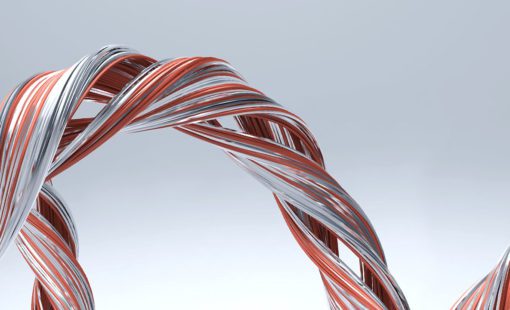
- Products
E3.series is a true concurrent electrical engineering environment supporting advanced requirements for electrical documentation, cabinet and wire harness design and manufacturing outputs.

- Products
CR-8000 is a System-Level PCB & IC Package Design software including 3D Multi-board, Analysis and MCAD Integration
